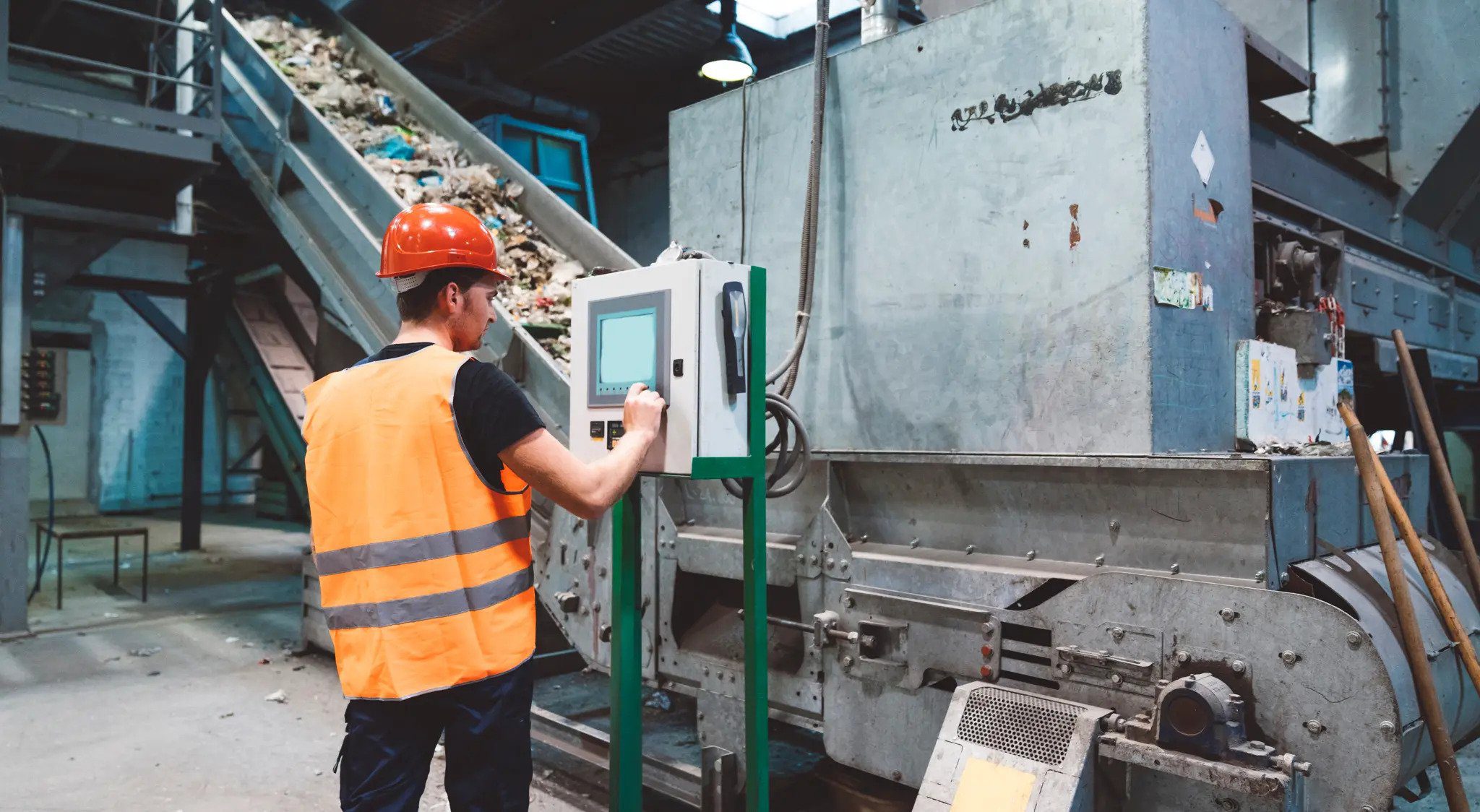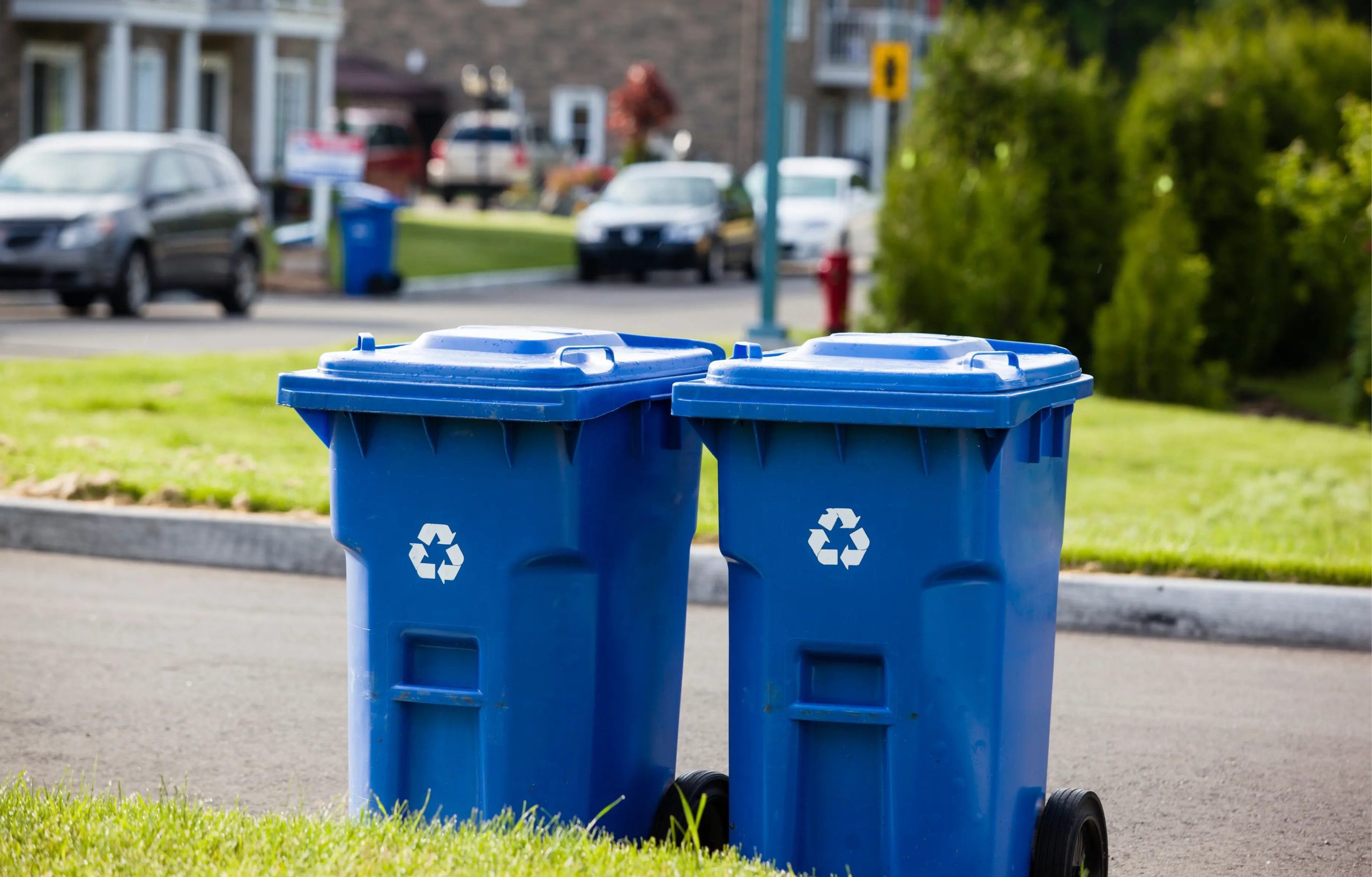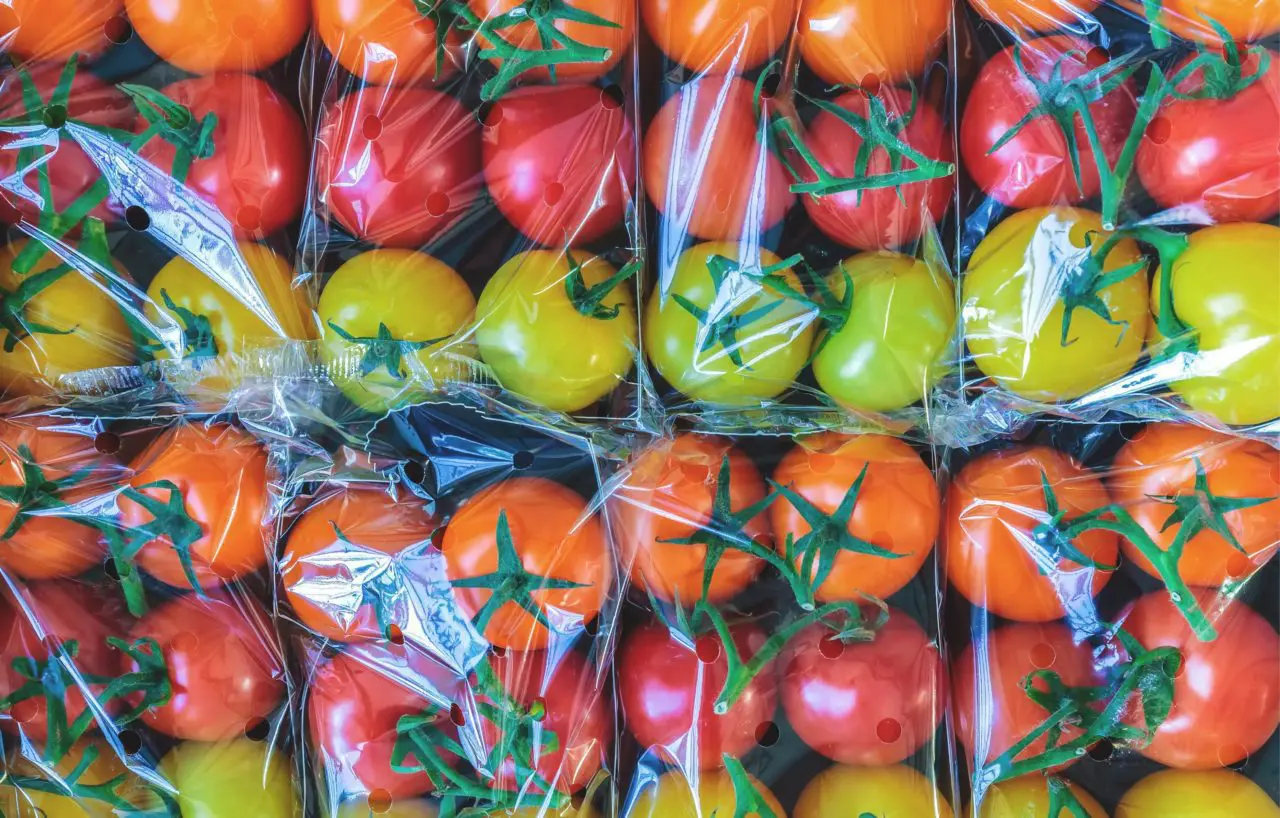As part of the environmental movement of the 60s and 70s, our country set out to recycle bottles, cans and newspapers in earnest. And we have made considerable progress.
But now our recycling system needs a refresh.
A Bit of History
Since our recycling system was established, lots of new types of packaging have been introduced. In particular, we’ve embraced all sorts of new, lightweight plastic packaging, such as wraps and resealable pouches.
This helped decrease the weight and amount of packaging needed to deliver food and drink, which has resulted in important environmental benefits, such as reduced food waste, less energy use and lower greenhouse gas emissions. But it complicated recycling.
Today’s Recycling Rates
Today, some lightweight plastic items are recycled at a rate on par with their counterparts. The plastic bottle recycling rate is around 29%, slightly higher than glass bottles at 27% but short of aluminum cans at 49%. And bottles made from HDPE plastic (the type used in milk jugs and detergent bottles) are recycled at a rate of approximately 31%.
But overall plastic packaging recycling rates remain too low: around 13%. And a lot of plastic packaging is simply not collected for recycling because today’s aging system was not designed to process it.
Now What?
But that’s changing. Companies throughout the plastic packaging value chain—plastic makers, consumer product companies, retailers, communities, recyclers, and more—have committed to helping create a more circular economy, in which plastic is reused rather than discarded.
For example, America’s Plastic Makers® have committed to helping achieve a circular economy for plastics and have set two ambitious goals: 100% of plastic packaging will be recyclable or recoverable by 2030, and 100% of plastic packaging will be reused, recycled or recovered by 2040. Our Roadmap to Reuse lays out the pathway to get there.
How to Recycle All That Plastic Packaging?
To meet these goals, we must update traditional mechanical recycling to collect and process more plastic bottles, containers and other types of packaging. In addition, we must jumpstart emerging advanced recycling technologies that can process even more types of plastic packaging. Significant expansion of both mechanical and advanced recycling is essential to meeting our 2030 and 2040 goals.

Mechanical (or Traditional) Recycling – Our nation’s existing recycling system already can handle many plastic bottles and containers. They’re typically cleaned, ground, and mechanically processed into recycled plastic pellets for new uses.
To greatly expand this capacity, multiple programs are helping communities grow the amount and types of plastic packaging that can be mechanically recycled.
Two examples:
- The Recycling Partnership, a national nonprofit organization, is helping to strengthen recycling nationwide through education, grants and sharing best practices. Their efforts helped communities divert an estimated additional 324 million pounds of recyclables from landfills since 2014.
- Plastic bags and wraps today are collected for recycling at more than 18,000 retail locations across the country.
Advanced Recycling – Like most technologies, mechanical recycling has some limitations and won’t be able to process every type of plastic packaging in use today. But emerging advanced recycling technologies can convert many types of plastic packaging into their original building blocks (molecules) that can be used to make lots of new products, such as brand new plastics for plastic packaging and other products, creating a circular loop.
Two examples:
- One major plastic maker will produce brand new “circular” polyethylene plastic from used plastics at its facility in Texas—at commercial scale.
- An advanced recycling facility in Oregon converts polystyrene plastic packaging into its raw material (styrene) that then is turned into new polystyrene, which can be made into new packaging again and again. Another larger facility is slated for outside Chicago.
Other companies are using similar technologies for plastic water bottles, ice cream pints, deli containers and other packaging.
More than $5.3 billion in new investments in U.S. plastics recycling have been announced since 2017, primarily in advanced recycling technologies—more than 64 projects that have the potential to divert four million metric tons (nearly nine billion pounds) of mostly plastic waste from landfills. (Statistics accurate as of date of publication.)
How Will This Work?
And that’s just the start.
Many companies are working to make their plastic packaging easier to recycle. Large brands are demanding more recycled content plastic to meet sustainability goals. And many plastic makers today are creating some of their products with recycled plastic, and announcing plans for more. These advances create a self-reinforcing loop: easier-to-recycle packaging, more market demand for recycled plastic and more recycled plastic.
Plus, advanced recycling technologies can convert used plastics into other products (in addition to recycled plastic). These technologies create multiple, high-value products—specialty chemicals, waxes, alternative transportation fuels and more—which spurs increased demand for used plastic packaging.
These processes are diverting more plastic from landfills and putting them back into productive use.
What Else Is Needed?
Smart policies can help these technologies flourish. For example:
- Multiple states are modernizing their policies to encourage the construction of advanced recycling facilities, helping create new local products and more jobs.
- Congress is looking at options to incentivize new technologies and to help improve our nation’s waste infrastructure to collect more plastic and other recyclables.
- Some stakeholders are considering small fees on all types of packaging material to help pay for the updated recycling access/collection infrastructure and enhanced consumer engagement we need.
- Others have proposed a small fee on waste disposal to help equalize the cost with recycling.
- And new government policies that encourage recycling and use of recycled content in new products could also help.
In addition, multiple efforts are underway by plastic recycling advocates to design and label packaging for recyclability, as well as to more clearly communicate what goes in the recycling bin. And multiple organizations have committed to doing a better job of educating consumers about recycling.

Let’s Move from Single Use to Reuse
You can help, too, by learning what’s recyclable (and what isn’t) in your community—your local recycler is the best source of info.
It’s time to move from single use to reuse and recycle more plastic packaging. Lots more.
Continue to visit America’s Plastic Makers: Making Sustainable ChangeSM to learn more about how updating our recycling system can play a role in achieving a circular economy for plastics—and help end plastic waste.

